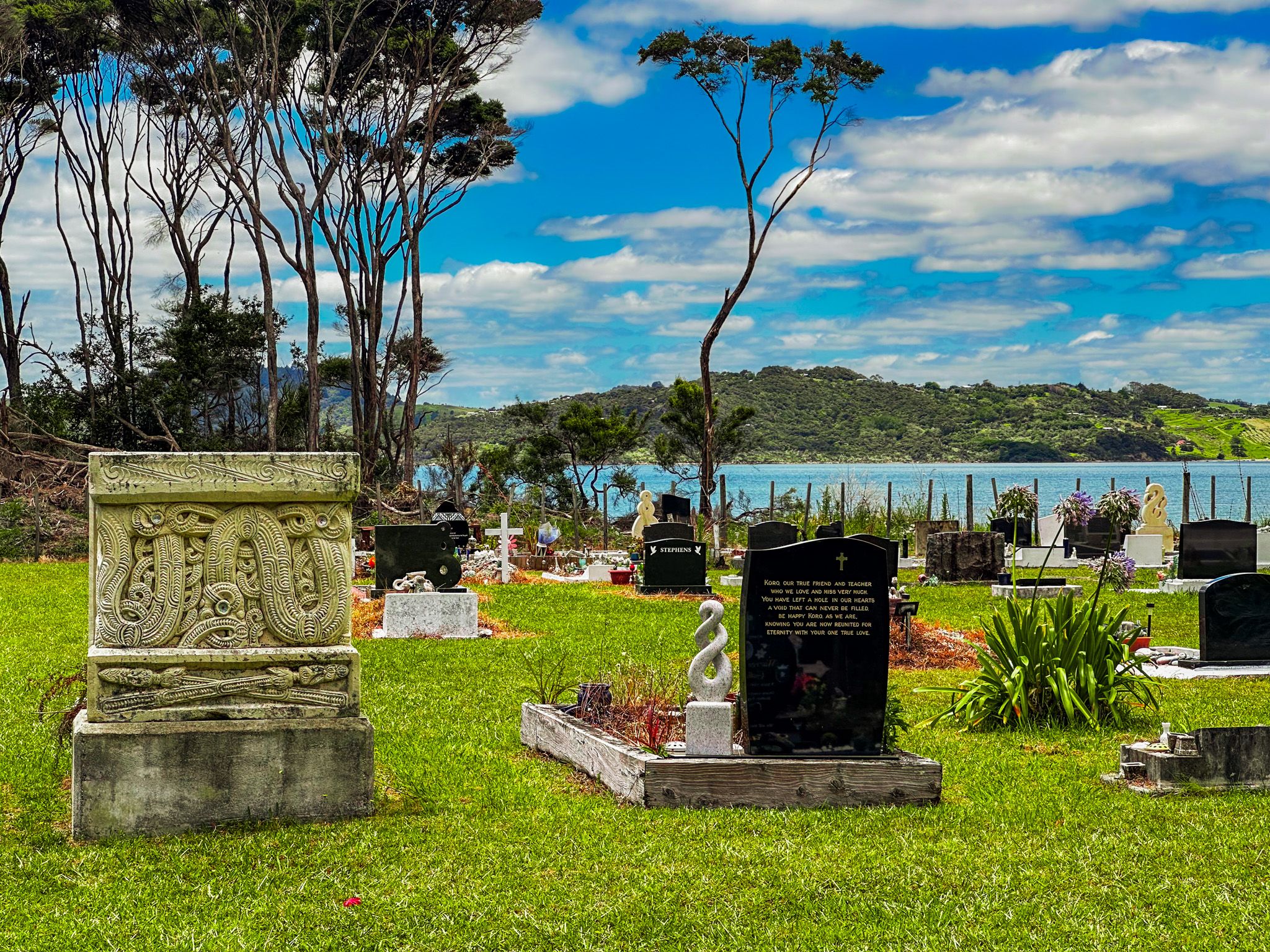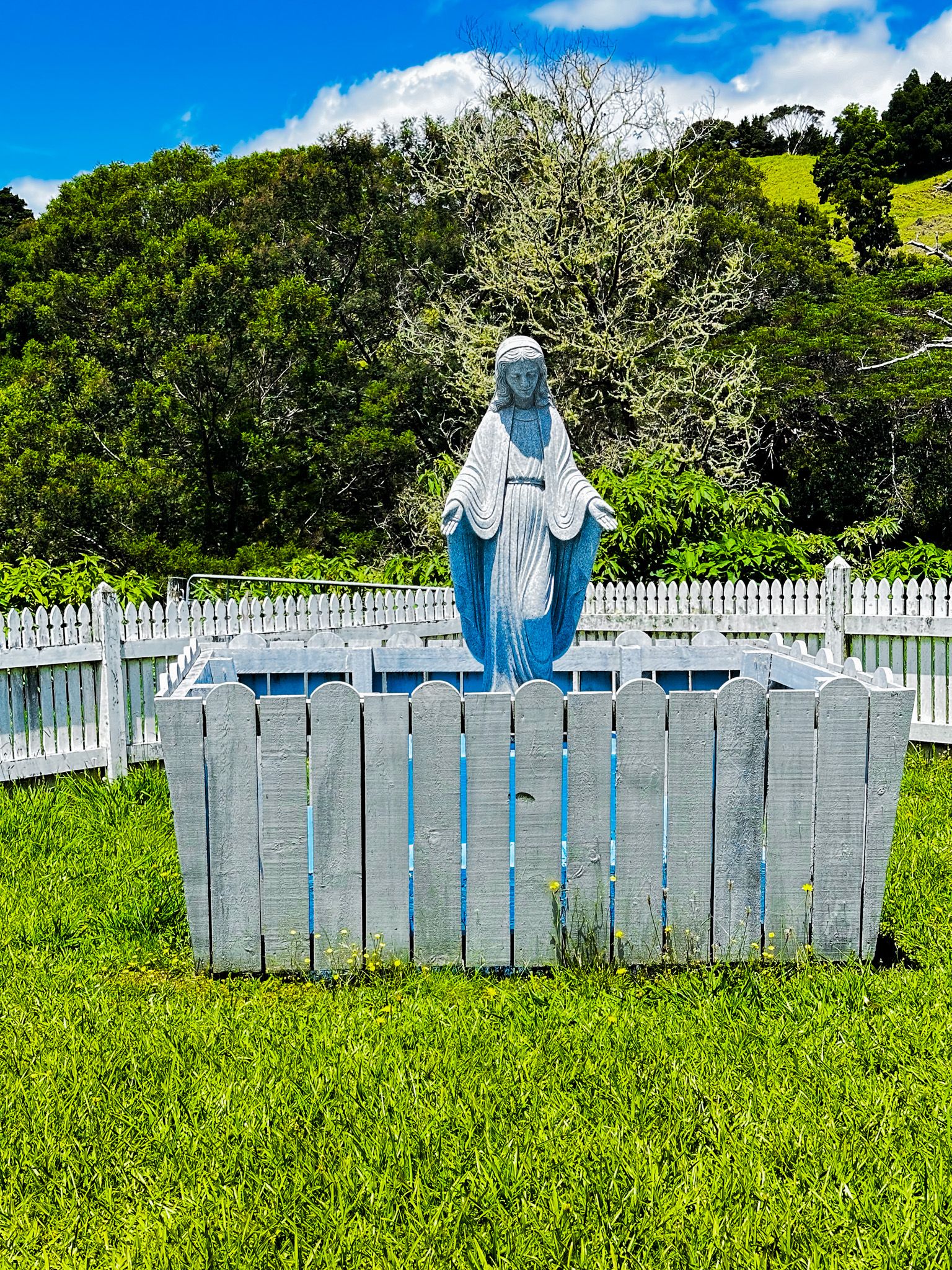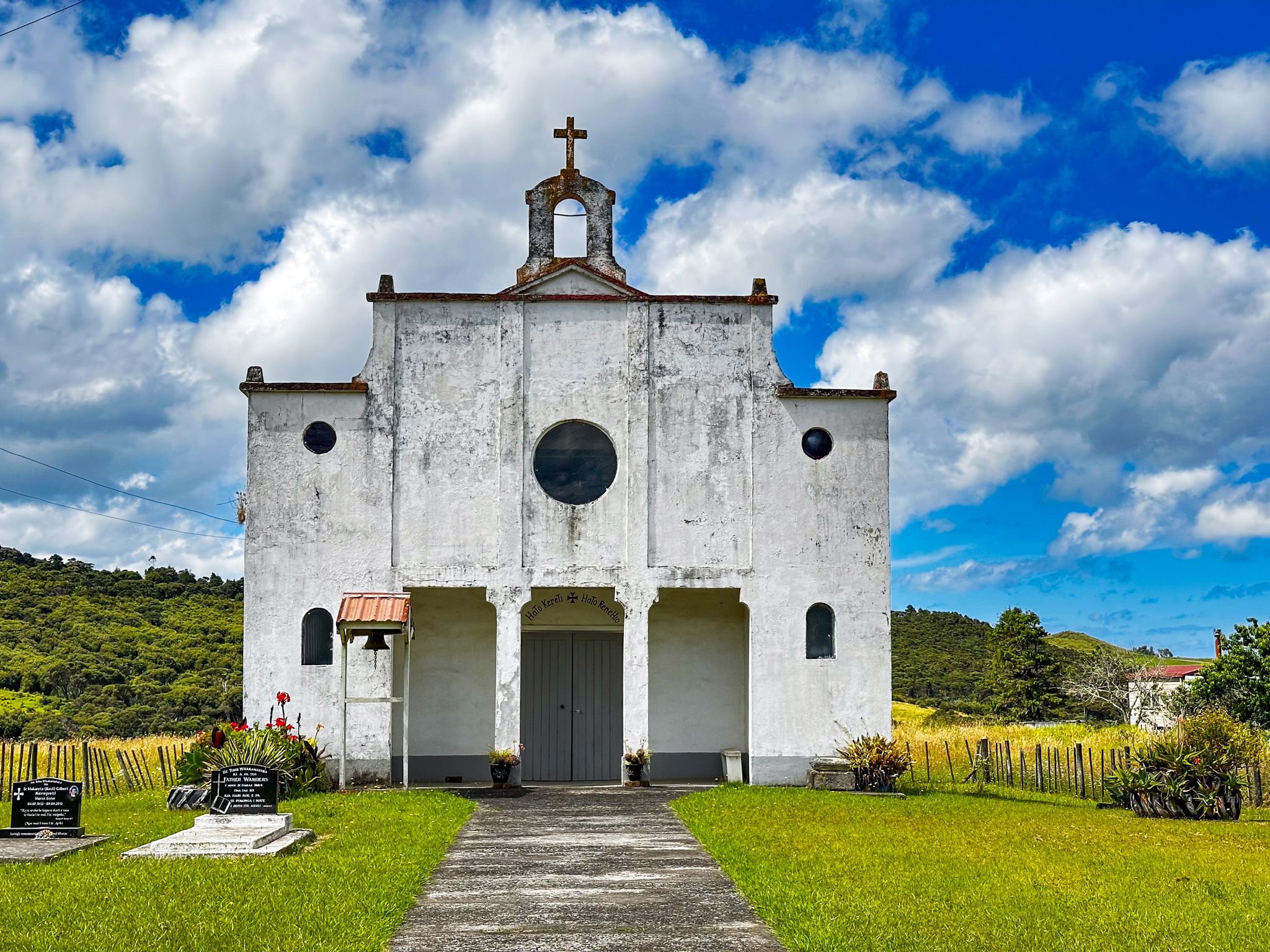Exploring West Coast Road in Northland
West Coast Road in Northland, New Zealand, offers a scenic drive from the ferry ramp south of Kohukohu to the remote and picturesque Mitimiti on the west coast. Spanning approximately 38 kilometres, this journey takes about 50 minutes and showcases the rugged beauty of Northland's landscapes. The road initially skirts the northern side of Hokianga Harbour before heading inland through valleys and hills adorned with exotic pine forests and native forest regrowth.
Panguru: A Midway Stop
About halfway along West Coast Road, you will encounter the small town of Panguru, located near the mouth of the Whakarapa River as it flows into the harbour. Panguru is the only option with a few amenities, including a store, pub, and gas station.
The Road to Mitimiti
The road is sealed up to Panguru and continues around the river mouth. As it heads inland towards Mitimiti, it becomes unsealed, offering an even more rugged and remote experience. Watch out for horses that may wander onto the road as you approach Mitimiti!
Side Trips to Historic Settlements
Several side trips from West Coast Road lead to small coastal settlements, primarily Māori communities, each featuring a charming church and graveyard dating back to the 1800s. Notable stops include Motukaraka Point, Rangi Point, and Motuti. The Catholic church, St Mary’s, in Motuti, holds particular historical significance.
St Mary’s Church and Bishop Pompallier
St Mary’s Church in Motuti is closely associated with Bishop Jean Baptiste Pompallier, who played a pivotal role in establishing the Catholic Church in Aotearoa, New Zealand. Arriving from France in January 1838, Pompallier conducted the first mass in Aotearoa at Tōtara Point, north of Kohukohu. He travelled extensively by schooner, setting up 16 mission stations across the North and South Islands by 1844, with support from the French church.
During the Treaty of Waitangi discussions in 1840, Pompallier secured a guarantee of religious freedom from Governor Hobson, ensuring no state-sanctioned church. The mission also established a printing press in Kororāreka (Russell) to publish bibles and prayer books in Māori. However, from the 1850s, the mission faced challenges as the Society of Mary shifted focus to the growing European population, and the New Zealand wars further strained resources.
The mission eventually collapsed, and Pompallier left New Zealand in 1868 to raise funds in Europe, a venture that proved unsuccessful. He resigned as bishop in 1869 and passed away in France in 1871. His remains were returned to Hokianga in January 2002 and interred under the altar at St Mary’s in Motuti, making the church a pilgrimage site for New Zealand Catholics.
Getting to West Coast Road
West Coast Road heads northwest along the coast of the Hokianga Harbour from the Kohukohu ferry ramp. Coming from the north through Kohukoku, West Coast Road is a continuation of the highway.





















